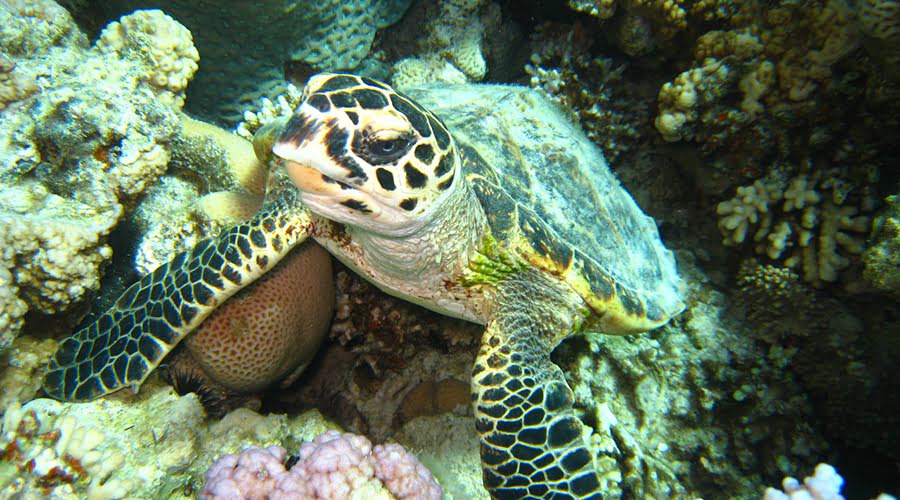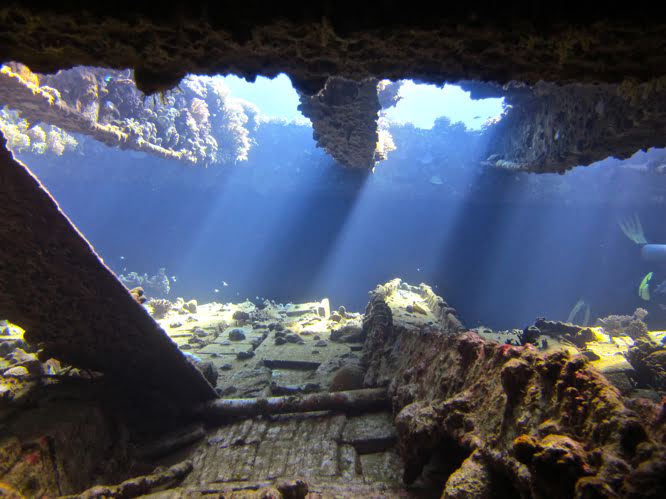North-Classic
- North Wreck
- North–Straits of Tiran
- North–SS Turkia
- North-Brother Islands
- Brother Islands
- Brother Islands-Elphinstone
- Brother Islands-Daedalus-Elphinstone
- South Safari until Dolphin Reef
- Rocky Island-Zabargad-St. Johns
- Daedalus-Fury Shoals
- Best of the Red Sea: Daedalus–Rocky Island–Zabargad-St. Johns-Elphinstone
- north - straits of tiran - brother islands
- brother-islands-daedalus-elphinstone-salem-express
- Deep South-St. Johns-Abu Fandera
- Deep South-St. Johns
- north - wrecks - salem express
- Rocky Island-Zabargad-Fury Shoals
- Brother Islands-Daedalus-Fury shoals
- brother-islands-daedalus-elphinstone-salem
- Daedalus-St. Johns
- Daedalus-Sataya Reef
- 2 weeks: Brother Islands-Daedalus-Rocky Island-St. Johns-Elba Reef
- Fury Shoals-St. Johns
- Fury Shoals
- 2 weeks: North-Straits of Tiran-Brother Islands-Safaga
- North-Straits of Tiran-Dahab-Brother Islands
- Safaga-Daedalus-Fury Shoals
- South-Safaga
- Brother Islands-Safaga
- Safaga-Brother Islands-Abu Dabbab-Elphinstone
- Daedalus-Rocky Island-Zabargad
- St. Johns-Elba Reef
- 11 days: Rocky Island-Zabargad-St. Johns-Elba Reef
- North-Tiran-Salem Express-Brother Islands
- Elphinstone-Brother Islands-Salem Express
- North-Classic
- North-Straits of Tiran-Dahab
- North-Dahab
- Elba Reef-Rocky Island-Zabargad-St. Johns
- 10 days: North-Brother Islands-Daedalus
- 2 weeks: North-Brother islands-Daedalus-Rocky Islands-Zabargad
- 10 days: Best of the Red Sea-Daedalus-Rocky Island-Zabargad-St. Johns-Elphinstone
- 10 days: Safaga-Daedalus-Fury Shoals
- 10 days: Deep South until Elba Reef
- 10 days: Daedalus-Brother Islands-Safaga
- 2 weeks: Great Island Tour (Brother Islands-Daedalus-Rocky Island-Zabargad)
- 2 weeks: Tiran-Brother Islands-Daedalus-Rocky Island-Zabargad-Salem Express
- 2 weeks: North-Tiran-Brother Islands-Daedalus-Elphinstone-Salem Express
- safaga - daedalus - rocky island - zabargad
- 2weeks: North - Strait of Tiran - Dahab - MS Million Hope - Brother islands - Daedalus - Elphinstone
- 11 days: Daedalus - Rocky - Zabargad - Elba Reef - St. Johns - Satayah - Brothers - Safaga
Itinerary Highlights







